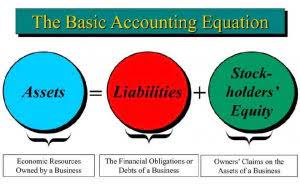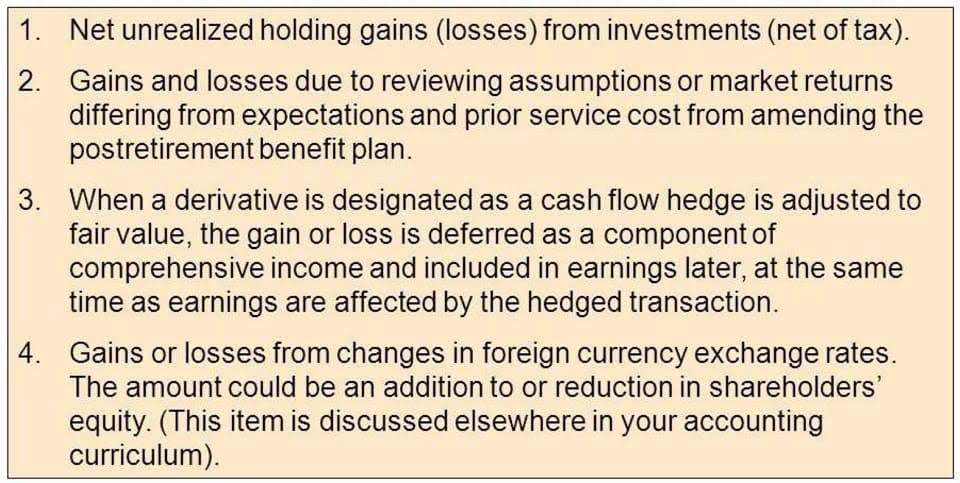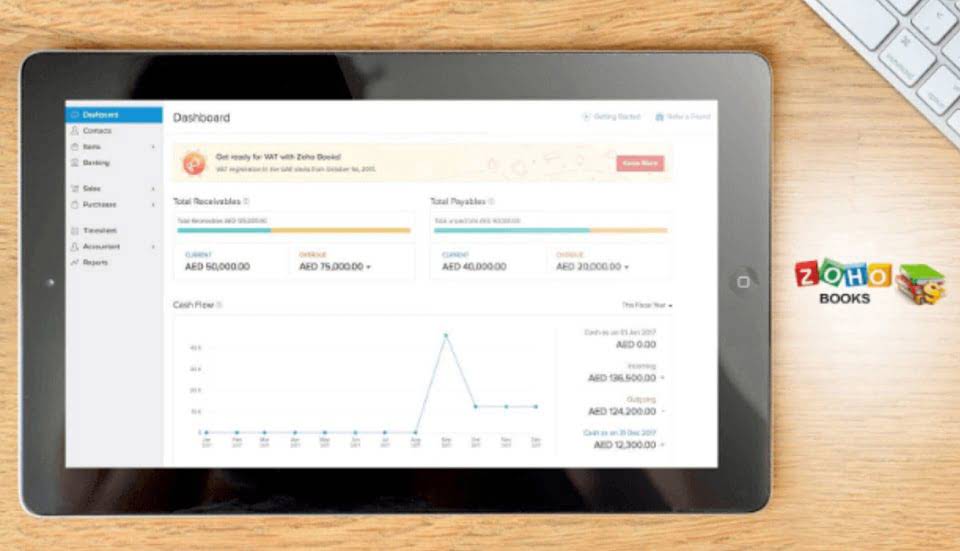
While there’s no universal benchmark, several factors influence what’s considered satisfactory. Since the total ROI was 40%, to obtain the average annual ROI, Jo could divide 40% by 3 to yield 13.33% annualized. With this adjustment, it appears that although Jo’s second investment earned more profit, the first investment was actually the more efficient choice. To calculate ROI, the benefit what is return on investment (or return) of an investment is divided by the cost of the investment. For example, assume investment X generates an ROI of 25%, while investment Y produces an ROI of 15%. One cannot assume that X is the superior investment unless the time frame of each investment is also known.

Keunggulan dan Kelemahan Menganalisa ROI
- Time is a key consideration when evaluating the true ROI of a particular investment.
- Return on Investment (ROI) quantifies the relationship between returns and investments, offering a clear framework to assess success or failure.
- The investor earned dividends of $500 over the one-year holding period.
- A starting investor would do good by comparing as many options as possible in order to find the best option.
- However, there are many factors that we need to consider when assessing performance based on ROI.
Accurate ROI calculations depend on factoring in all costs, not merely the initial cost of the investment itself. Transaction costs, taxes, maintenance costs and other ancillary expenditures need to be baked into your calculations. If one investment had an ROI of 20% over five years and another had an ROI of 15% over two years, the basic ROI calculation cannot help you determine which investment was best. That’s because it doesn’t take into account compounding returns over time.

Uses of ROI

When ROI calculations yield a positive figure, it means that net returns are in the black (because total returns exceed total costs). But when ROI calculations yield a negative figure, it means that the net return is in the red because total costs exceed total returns. For businesses assessing internal ROIs, operational efficiency is paramount.
Ask a Financial Professional Any Question
- Consider someone who invested $90 into a business venture and spent an additional $10 researching the venture.
- So, you have to determine risk in other ways and assess if the potential ROI is worth it based on the assumed risk.
- Essentially, ROI acts as a lens, providing clarity on whether an investment is yielding a favorable return.
- ROI is an understandable and easily calculated metric for determining the efficiency of an investment.
- For example, if a business owner is considering expanding into a new product line, the ROI formula can be used to chart out its costs and estimate its potential returns.
- It serves as the foundational ROI metric and is versatile in its application, offering a clear, undiluted perspective on the efficiency of an investment.
It compares the net income from an investment to the amount of money spent on it. This, alongside its representation in percentage, gives you an avenue to easily determine your level of profit or loss made from an investment. By incorporating digital metrics, adjusting for TVM and risk, and considering CARES Act sector-specific factors, businesses can gain a deeper understanding of their investments’ true value. Additionally, exploring alternative metrics can offer broader insights, particularly for investments where traditional ROI does not capture the full spectrum of value generated.
- The ROI—or “Return on Investment—is the ratio between the net return and the cost of an investment.
- So, this boosts net profit in ROI calculations, thus showing a higher ROI than if you accounted for all costs.
- But it is more complicated in other cases, such as calculating the ROI of a business project that is under consideration.
- ROI is limited in that it doesn’t take into account the time frame, opportunity costs, or the effect of inflation on investment returns, which are all important factors to consider.
- Her background in education allows her to make complex financial topics relatable and easily understood by the layperson.
- It is an ideal formula for measuring an investment with a long period and is used to compare the potential rate of return from an investment over time.
Personal finance

Considering the characteristics of the 3cash flow projections, the use of the ROI methods for this example is not ideal.Inflows and outflows differ significantly among the options and periods. Thus, anassessment based on a more accurate method (see “alternative methods” sectionbelow) is more appropriate. In projects, there is usually a distinction in different types of costs.

On the date of the Partnership Accounting purchase, the company was trading at $10.00 and the hedge fund bought a total of 4 million shares. Given the $50 million net return and $25 million cost of investment, the ROI is 50%, as shown in the screenshot below. The net return on the PP&E investment is equal to the gross return minus the cost of investment. By the end of the anticipated holding period – which in the context of a company purchasing fixed assets is the end of the PP&E’s useful life assumption – the company received $75 million.
